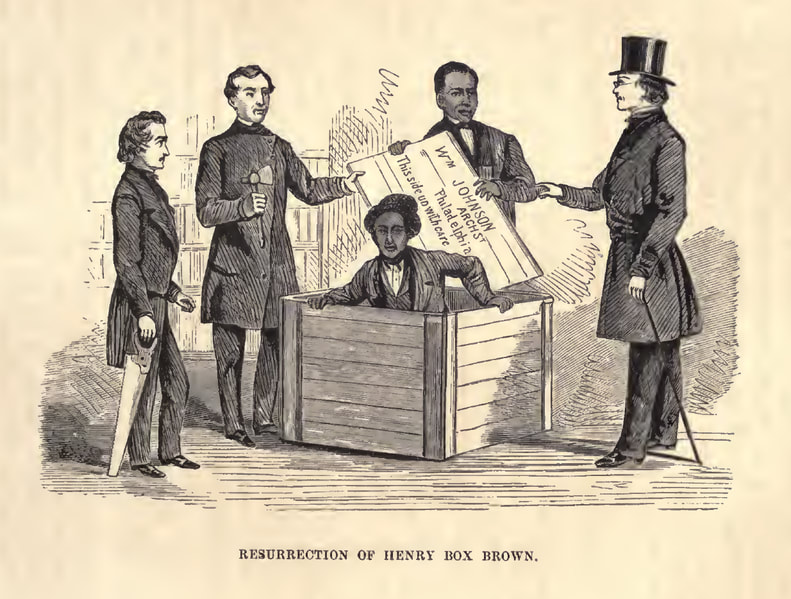Today, as I wait for my shipment of coffee beans to arrive I think about all the hands who handle my package to insure that it gets safely to me. The last person is my mailman. That would be Rudy, who started his route on our street in the height of COVID. I have never seen his face, but he always delivers our mail with a smile. Before Rudy we had Do, a quiet older man of Chinese heritage who was around for about a year. Before Do was Rick, literally the best mailman in the world and someone I developed a great, life-long friendship with. There was also Robert who delivered mail to our house in Hollywood. And LeTonya who used to take her lunch break at our apartment complex. As far as I know, I don’t recall any of them delivering a human. All but one of these postal service employees are people of color. People whose history is deeply rooted in stories of slavery, prejudice, and injustice. I have no idea what it’s like to be an enslaved person. But I can imagine I would do whatever it takes to keep the freedom that so many of us take for granted. It’s stories like Henry “Box” Brown that show us how valuable and fragile our freedom is. His story also reminds us that it is a risk worth taking. I had a few questions, perhaps you have some too. For example: How did he do it? According to Wikipedia, “With the help of James C. A. Smith, a free black man, and a sympathetic white shoemaker named Samuel A. Smith (no relation), Brown devised a plan to have himself shipped in a box to a free state by the Adams Express Company, known for its confidentiality and efficiency.” How much does it cost to mail a human? That’s hard to say because it’s not very legal. However Henry “Box” Brown paid Samuel Smith $86 (equivalent to $2,675 in 2020), a little over half of his personal savings he had saved up. How did he get out of work that day on the plantation? Once his escape plan was in place, Brown burnt his hand to the bone with sulfuric acid to get out of work. Now, I’ve done some crazy things to get out of doing something but all have been short of harming myself. Was it really a box? Yes, it was. I am not sure who built it or what it looked like, but according to his own testimony, the box was only 3 x 2.67 x 2 feet. On it’s sides the words "dry goods" was painted. The inside was lined with a coarse woolen cloth called baize. It had only one hole for air to get in. Once Brown was inside (with only a small portion of water and a few biscuits), his friends nailed the box shut and tied with straps. According to Wikipedia, the box was loaded onto a wagon on on March 29, 1849. From there it was placed on a rail car, then a steamboat, another wagon, another railroad, a ferry, yet another railroad, and finally a delivery wagon, being completed in 27 hours. That’s better than Amazon Prime! “Despite the instructions on the box that said "handle with care" and "this side up," several times carriers placed the box upside-down or handled it roughly. Brown remained still and avoided detection.” No one was sure if this method of travel would work. But some time after he was a free man, Brown wrote, "If you have never been deprived of your liberty, as I was, you cannot realize the power of that hope of freedom, which was to me indeed, an anchor to the soul both sure and steadfast."
When Congress passed the Fugitive Slave Law of 1850, which required cooperation from law enforcement officials to capture refugee slaves even in free states, Brown moved to England for his personal safety.
While there, Brown married his second wife (his first along with their three children were sold to other slave owners) Jane Floyd, a white Cornish tin worker's daughter, in 1855 and began a new family. He earned a living as a speaker, and as a magician, using the names "Prof. H. Box Brown" and the "African Prince.” In 1875, he returned with his family to the U.S. with a group magic act. He died in Toronto on June 15, 1897. Work Cited: https://en.wikipedia.org/wiki/Henry_Box_Brown
0 Comments
Leave a Reply. |
Ian MacdonaldAn ex-copywriter turned punk rock pastor and peacemaker who dedicates his life to making the world a better place for all humanity. "that they all might be one" ~John 17:21“Prius vita quam doctrina.”
~ St. Thomas Aquinas (1225–1274) * “Life is more important than doctrine.”
Archives
June 2024
|
